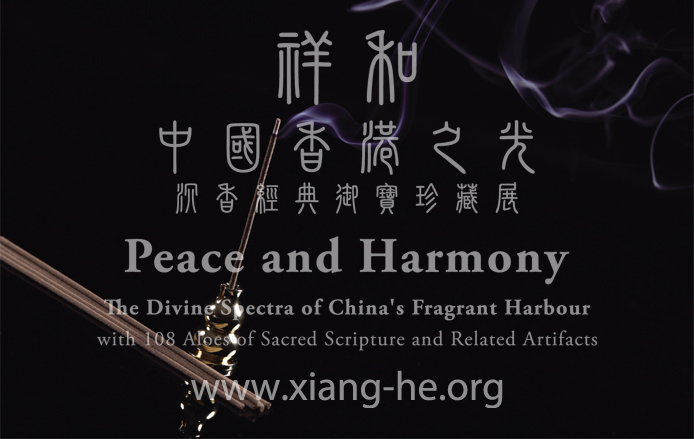Dr. Joseph S. P. Ting
Honorary Fellow of the Hong Kong Branch of the Royal Asiatic Society
Former Chief Curator of the Hong Kong Museum of History
To people of our generation and era, with the exception of those who burn incense to worship the Buddha and pray for blessings, "incense" has little to do with our lives, and therefore we feel distant from it. It's hard to imagine that in ancient times, people lived their lives in and with incense every minute of the day, which phenomenon was coined by Zhou bang-yan, a classical Chinese poet of the Song Dynasty, as "burning agarwood to relieve the swelter". The families of the nobility all keep incense burners in their homes, burning incense to freshen the air in the rooms, and sometimes spraying incense over clothes to generate an elegant and refreshing smell. The incense burners of Xuande reign in the Ming Dynasty was a treasure greatly sought after by collectors and lovers of antiques and precious items. The scholarly and learned community love to burn incense and play the piano in their elegant study. Readers of The Dream of Red Chamber will recall that the fair ladies in the Grandeur Garden all carry a sachet of fragrance to smell good. Noble men such as Jia Bao-yu also carry the sachets which are sewn thread by thread by the delicate hands of young girls, and the exchange of sachets between men and women, boys and girls is an oath of their love. All of these are past history! The leisurely lifestyle of the ancient era is a big contrast to the hustle-bustle life of our modern era. It's interesting to note that the tradition of incense burning spread to Japan, was then transformed and enhanced to become Japanese culture which thrives to this day, providing a good illustration of a lost art being revived by another domain.
In Hong Kong, very few people are versed in incense culture, but it's noteworthy that the origin of the territory's official designation ("Hong Kong", literally meaning "fragrant harbour") is closely related to "incense". According to Professor Lo Hsiang-lin, Hong Kong used to produce a lot of incense from Dongguan, and was an export hub for incense wood. Such remark may be in doubt, but there is no dispute that Hong Kong is not short of incense wood, and within the territory, many incense growing fields and markets are named after "incense", providing solid proof of the close relationship between Hong Kong and incense wood.
Cousin Man-lok, you're a devout collector of antiques and relics, with special affection for "agarwood" in recent years. The agarwood items on display at the Exhibition are of different shapes and styles, with different origins, demonstrating the different roles played by agarwood in the different civilizations in ancient times. Furthermore, agarwood is a significant medium of cultural exchange. This exhibition is part of the "Peace and Harmony" series; herewith I wish the event will help enlighten the public, and even more so, help clear Hong Kong of its listless and dispirited air in order to return to "peace and harmony". My humble remarks are dedicated to your book as Preface.

|